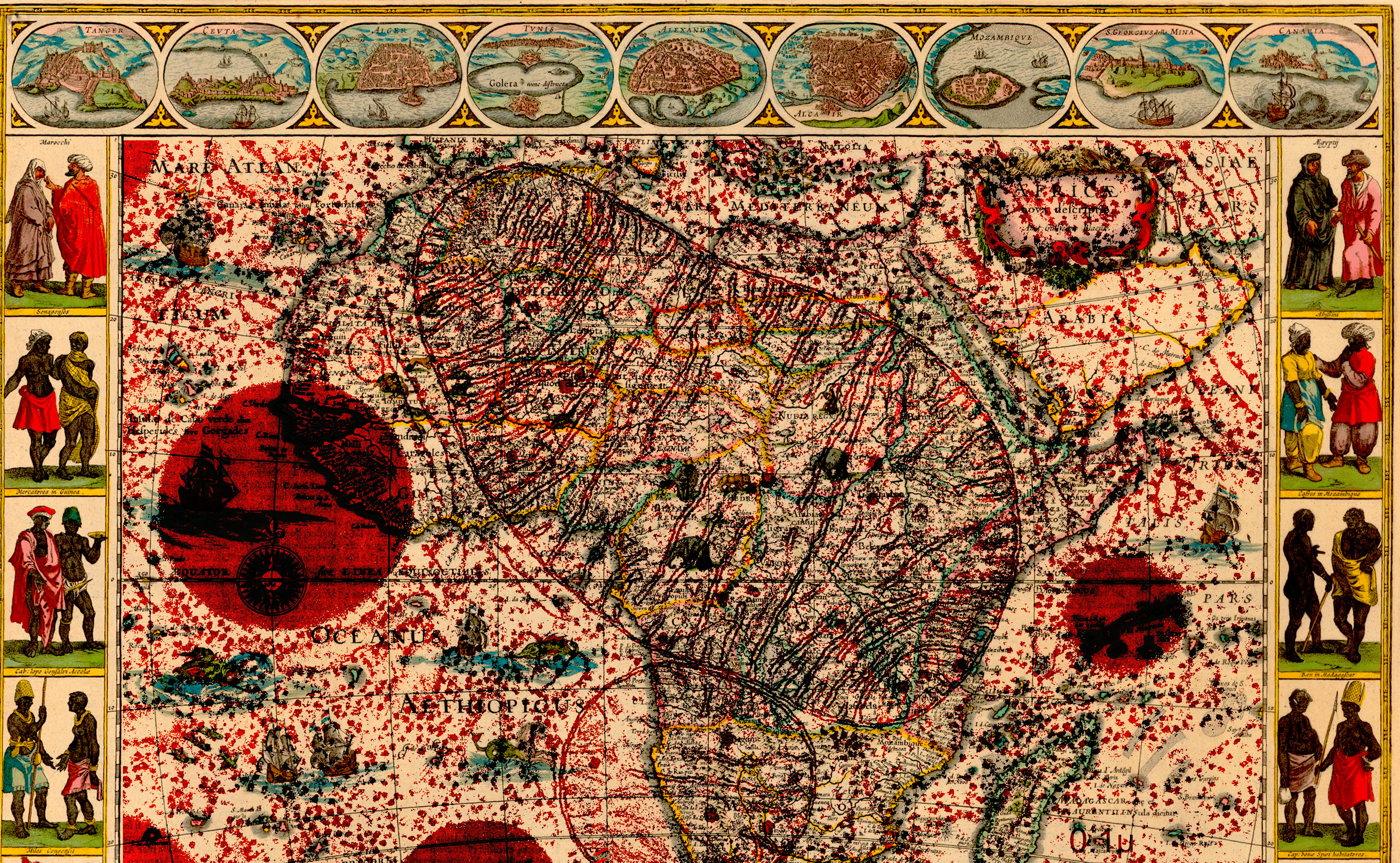Email communication from Human Genome Project-Write organizers to participants, including the author.
See →
All quotations in the first field note are paraphrases (unless otherwise noted), revised for grammar, tense, or emphasis.
See →
For more on speculative methods, see “Social Fiction: Writing Social Science Research as Fiction,” →; “Ethnography, Speculative Fiction, and Design,” →; “Design Fiction: A short essay on design, science, fact, and fiction,” →; “Speculative Ethnography,” →; “Ethnographies from the Future: What can ethnographers learn from science fiction and speculative design?” →.
For more on the relationship between innovation and containment, see Ruha Benjamin “Catching Our Breath: Critical Race STS and the Carceral Imagination.” Engaging Science, Technology and Society, 2016, Vol. 2: 145-156.
For more on political imaginaries that animate biotechnology, see Ruha Benjamin, People’s Science: Bodies and Rights on the Stem Cell Frontier (Palo Alto, CA: Stanford University Press, 2013).
Superhumanity, a project by e-flux Architecture at the 3rd Istanbul Design Biennial, is produced in cooperation with the Istanbul Design Biennial, the National Museum of Modern and Contemporary Art, Korea, the Govett-Brewster Art Gallery, New Zealand, and the Ernst Schering Foundation.
